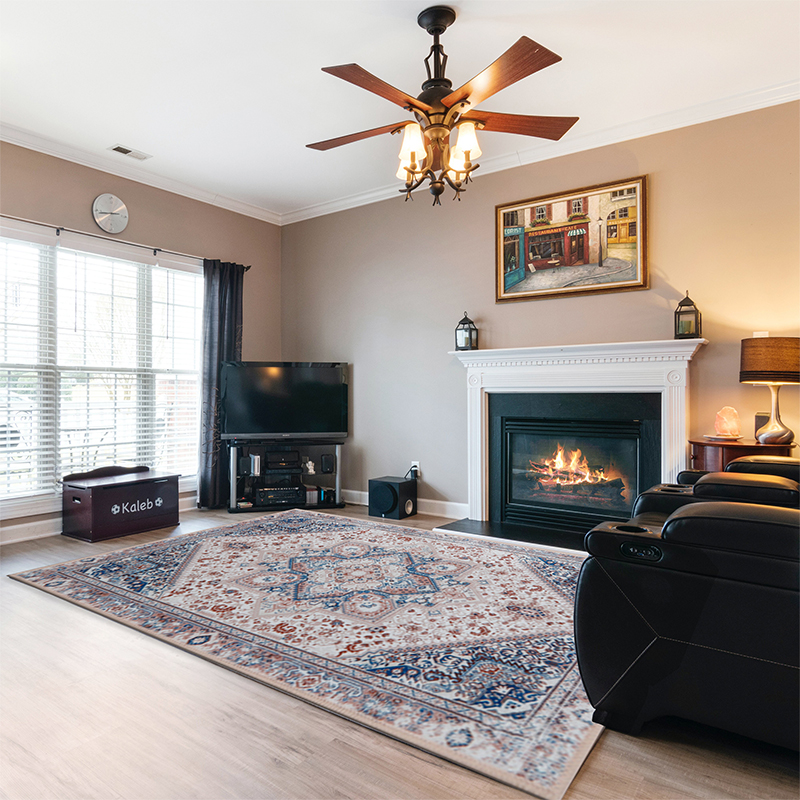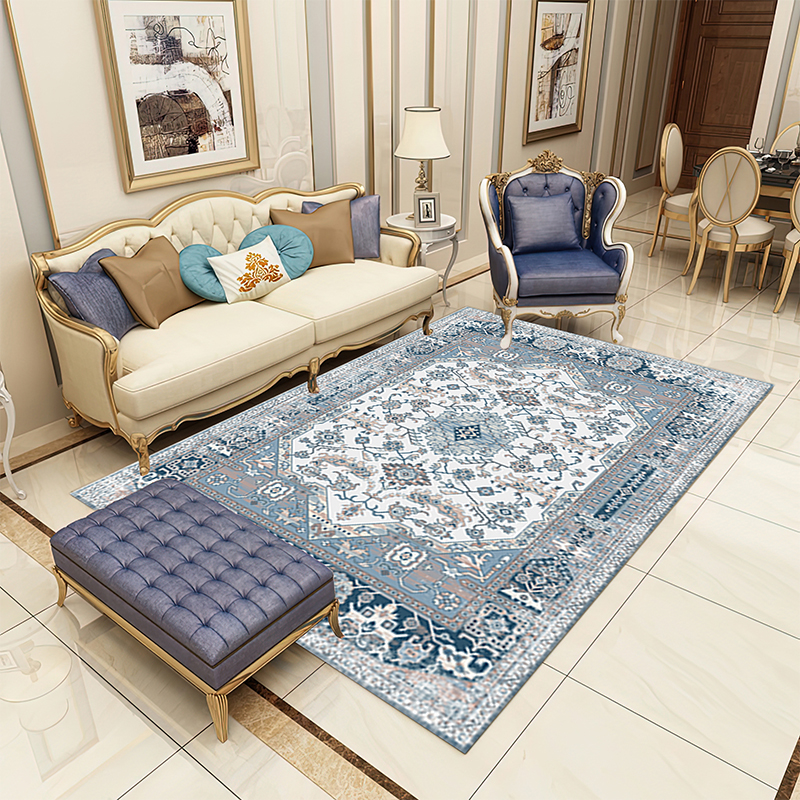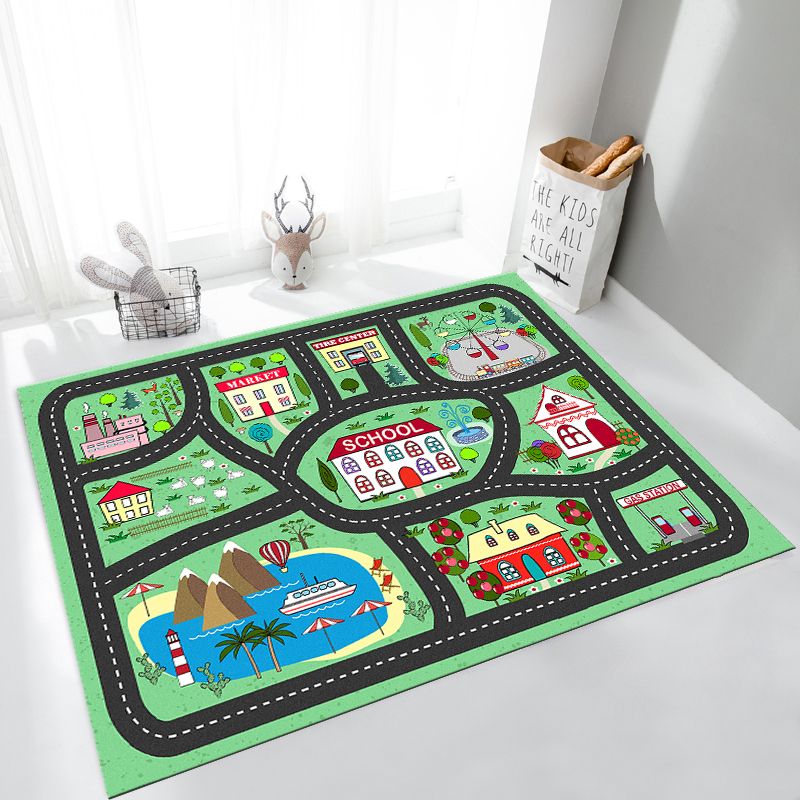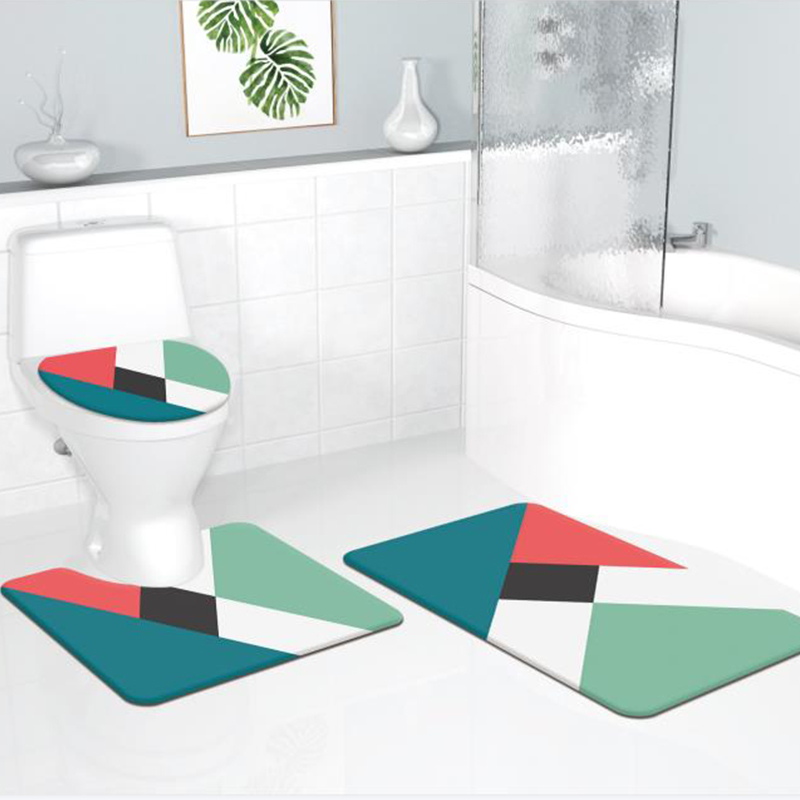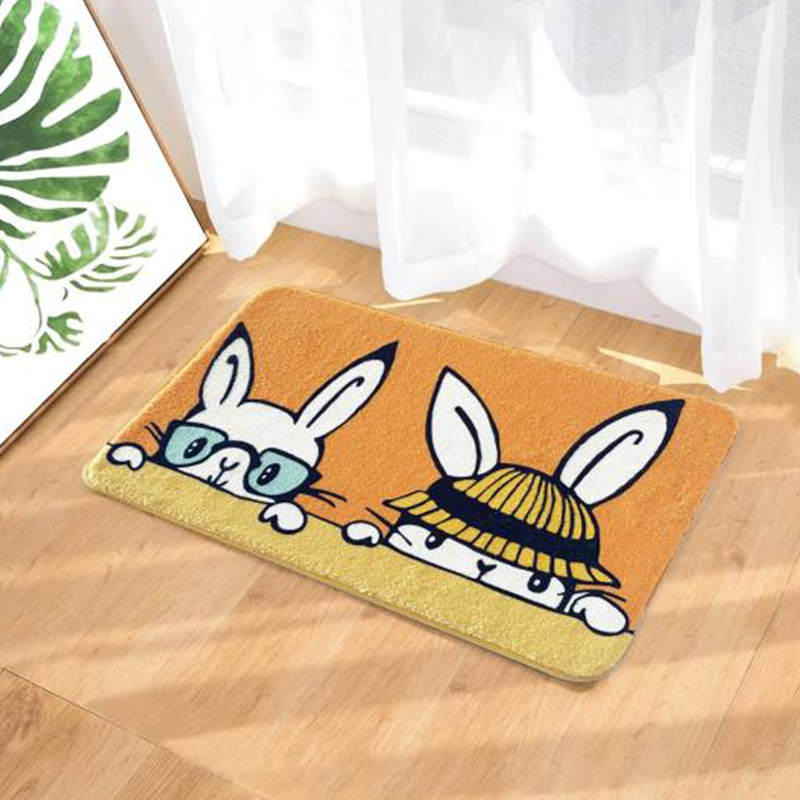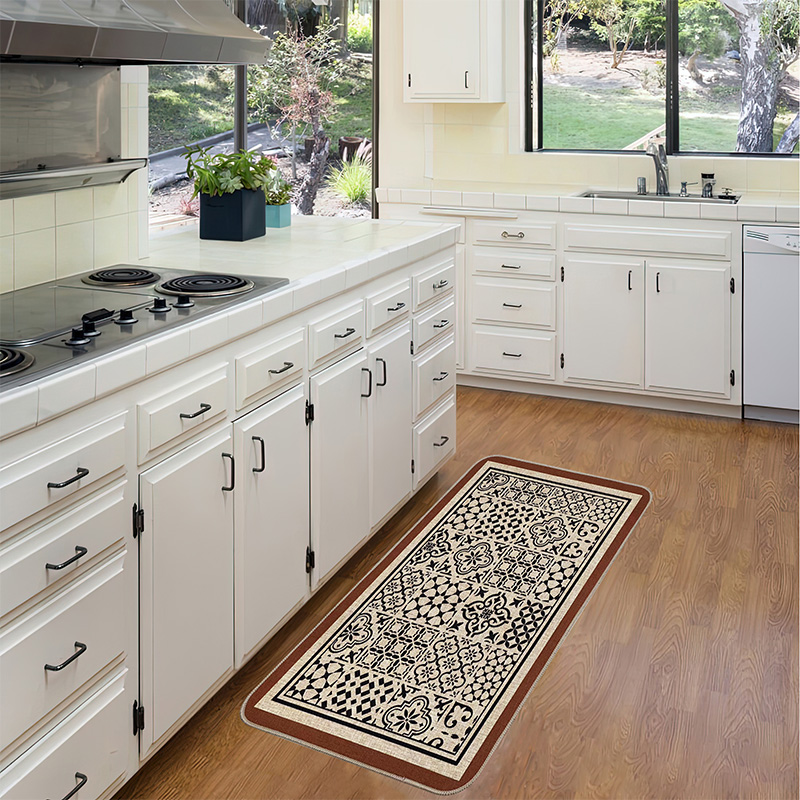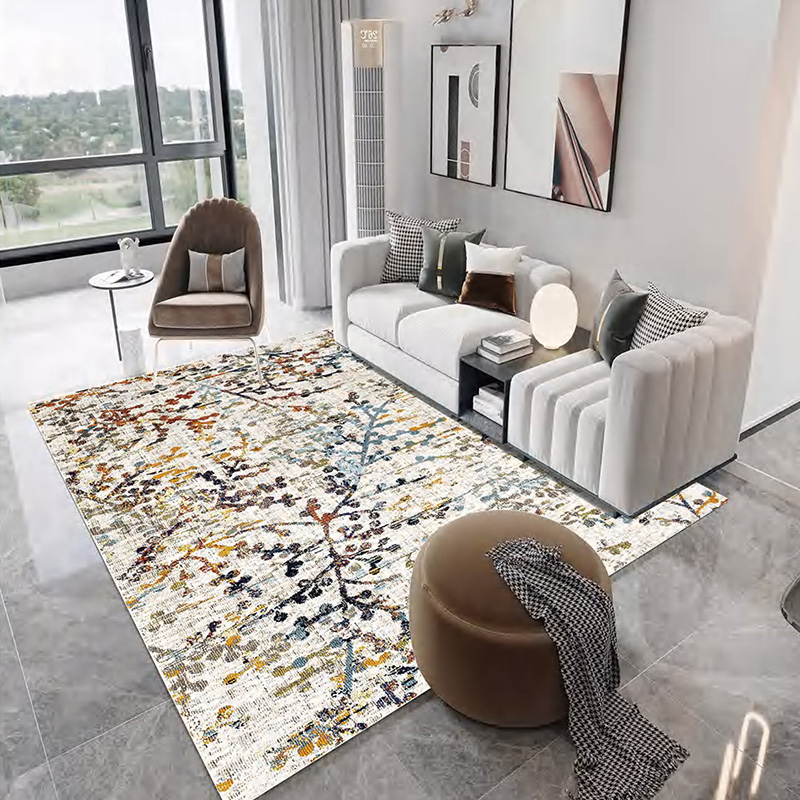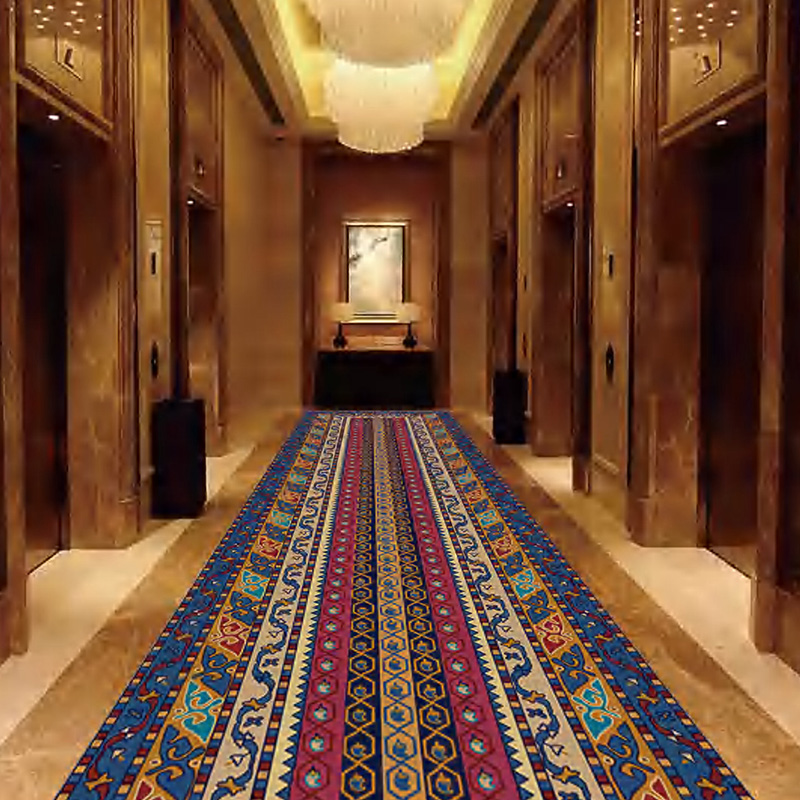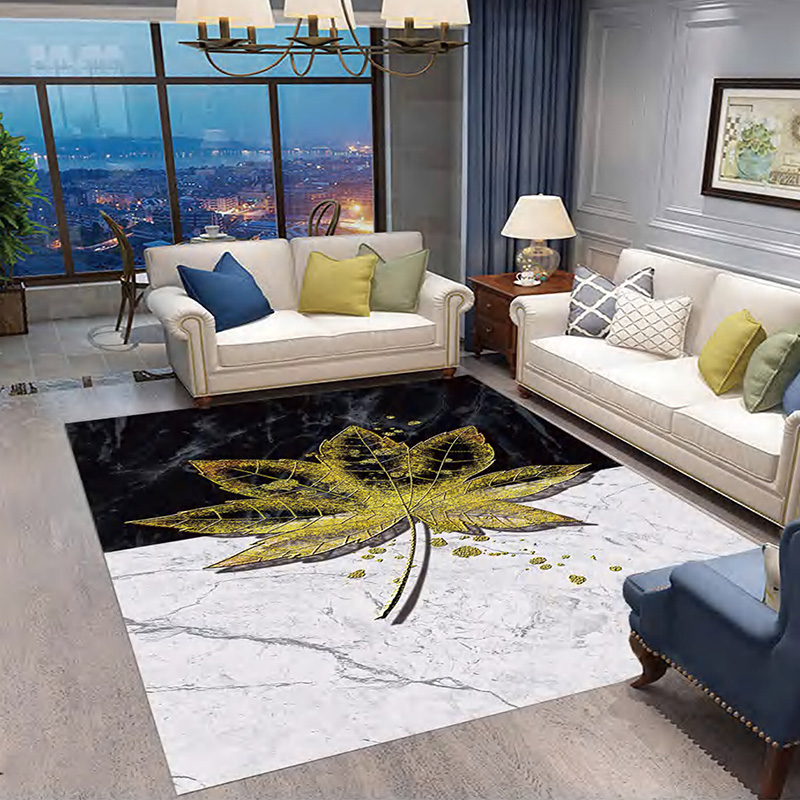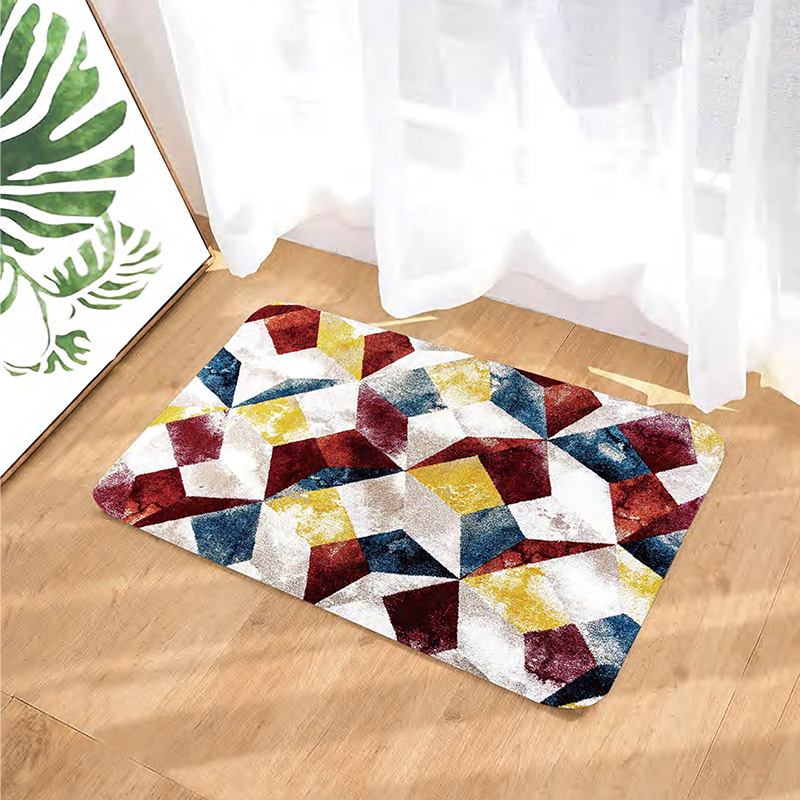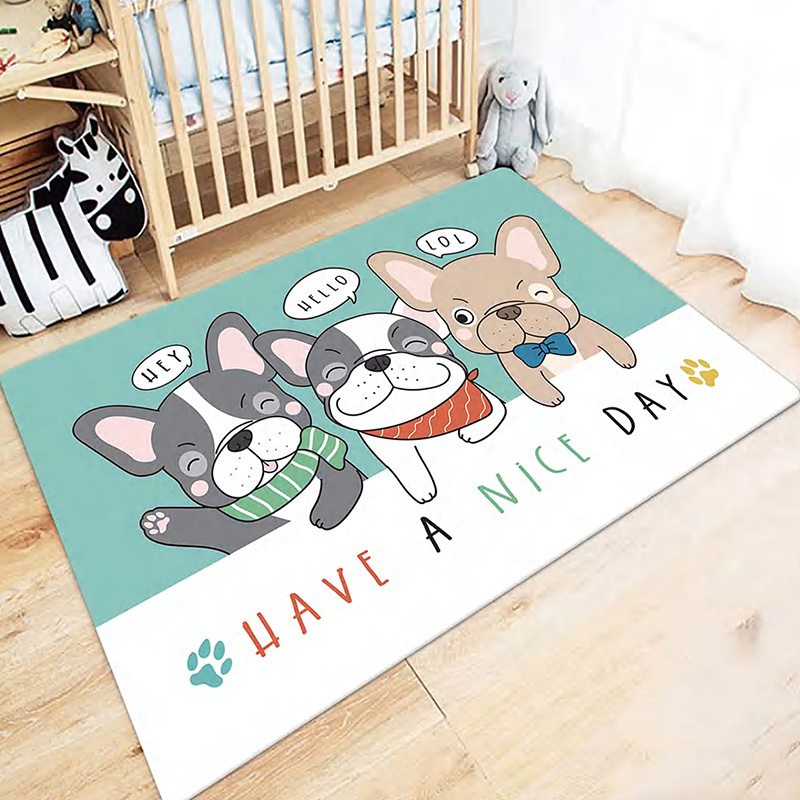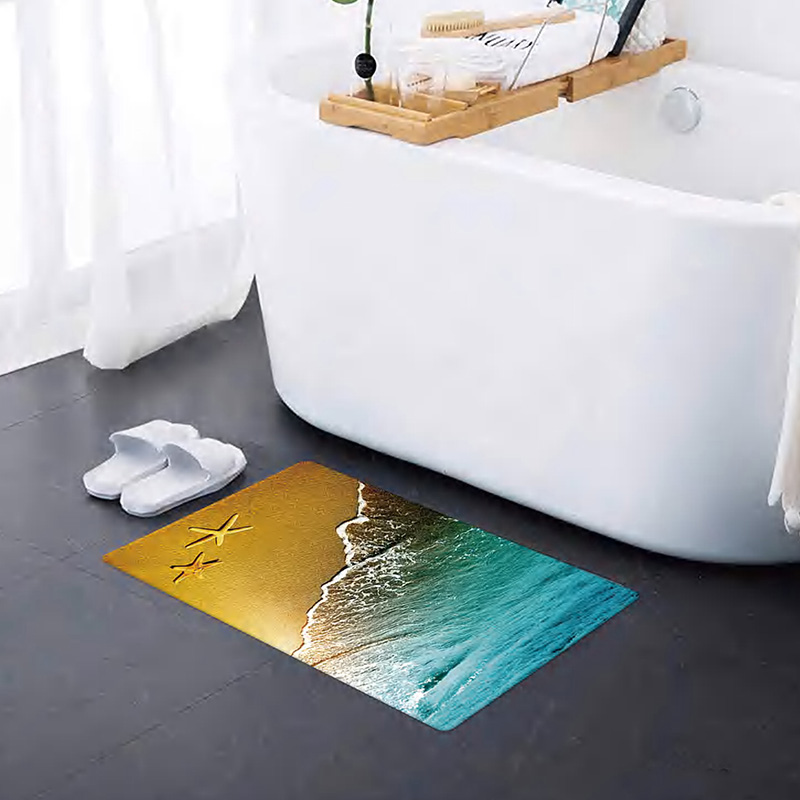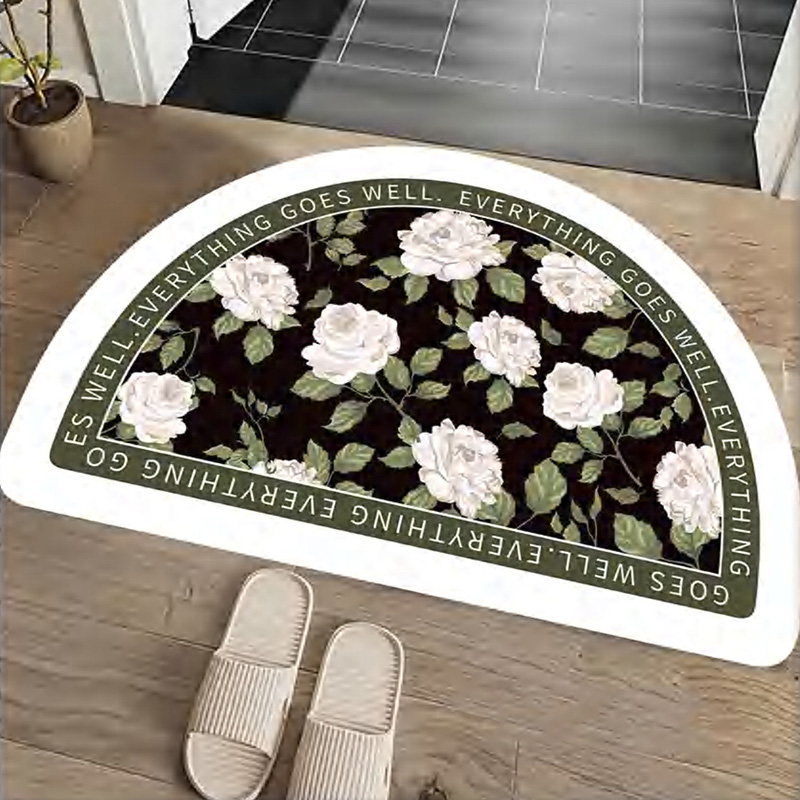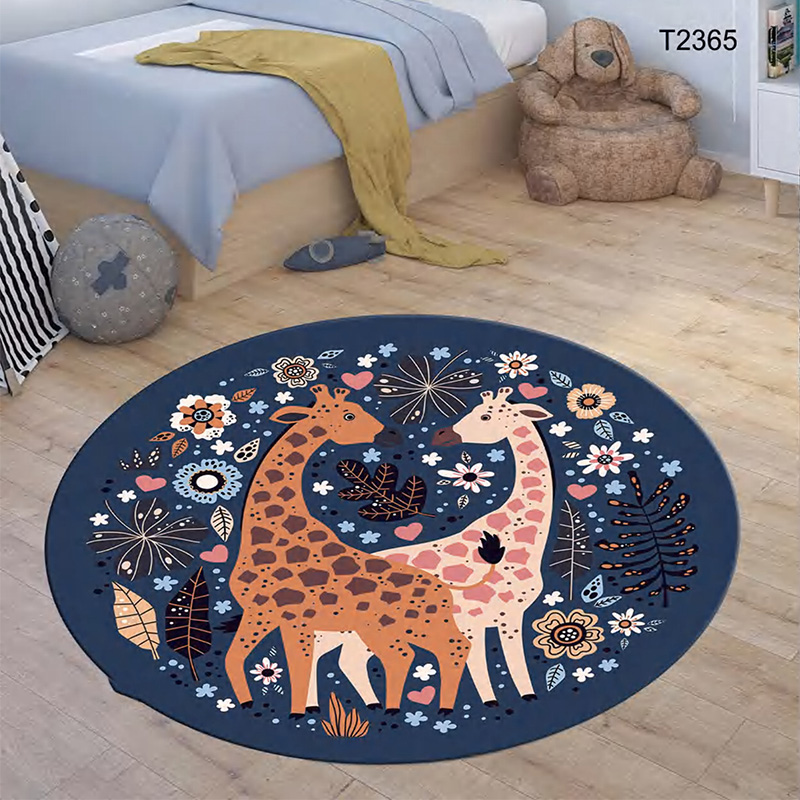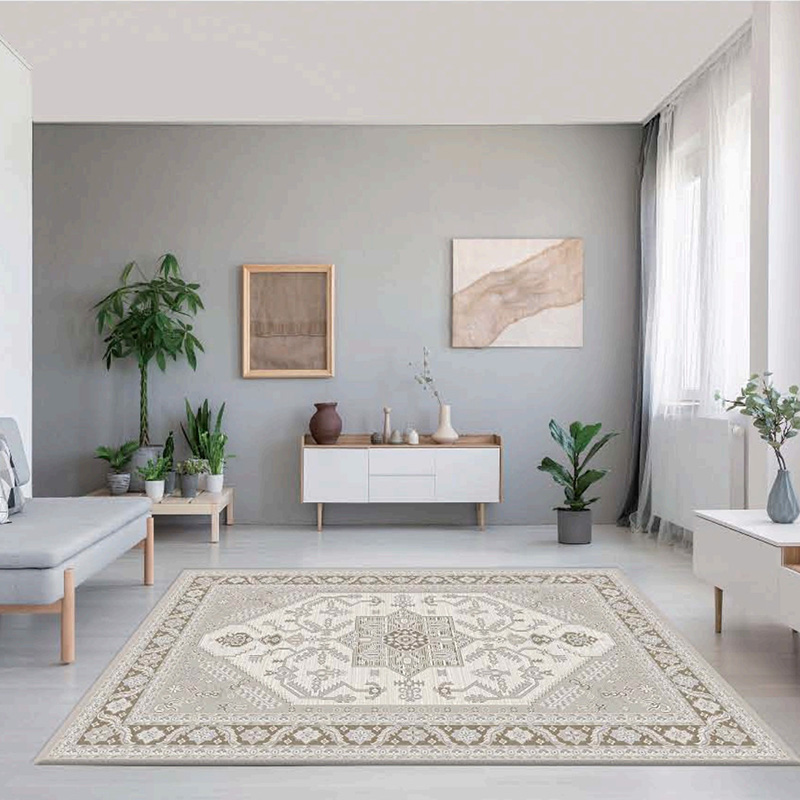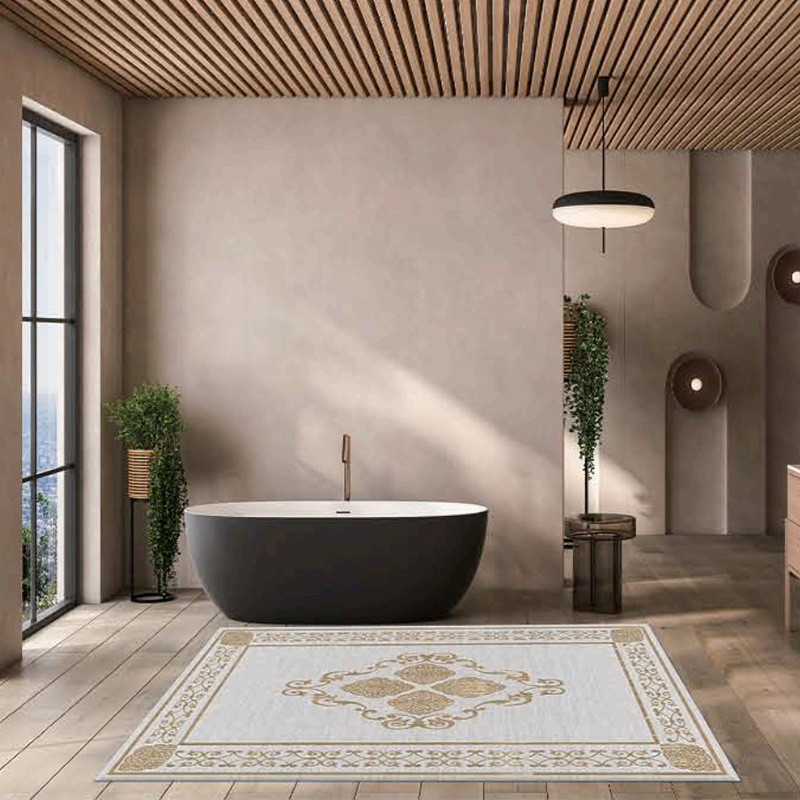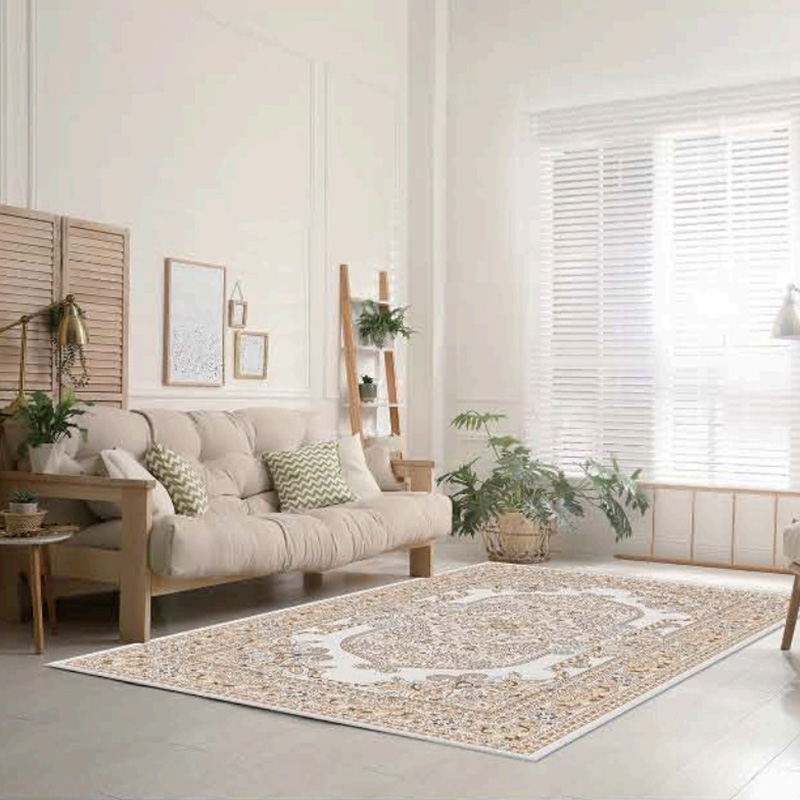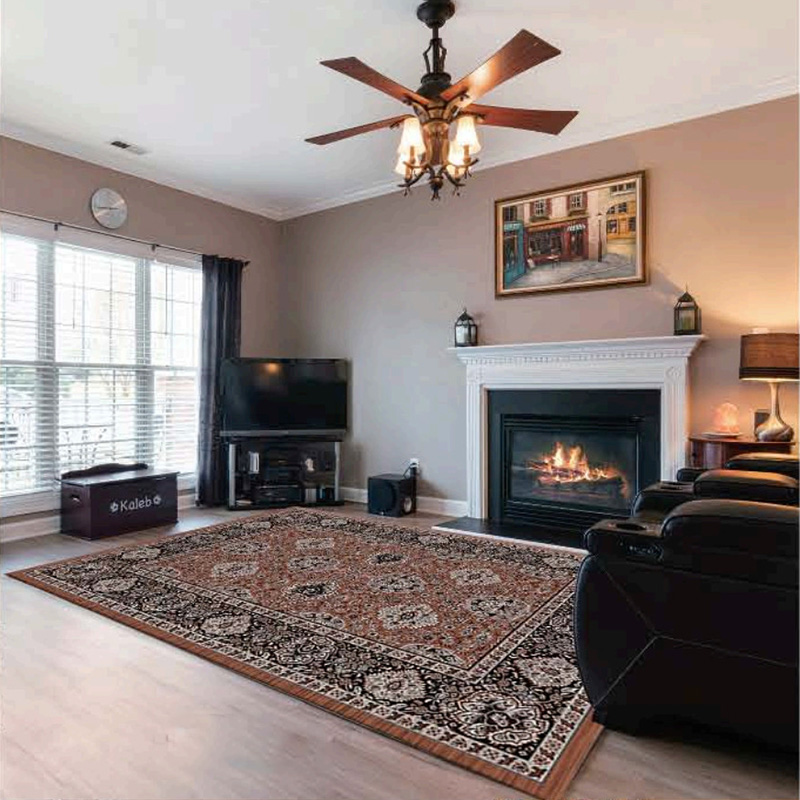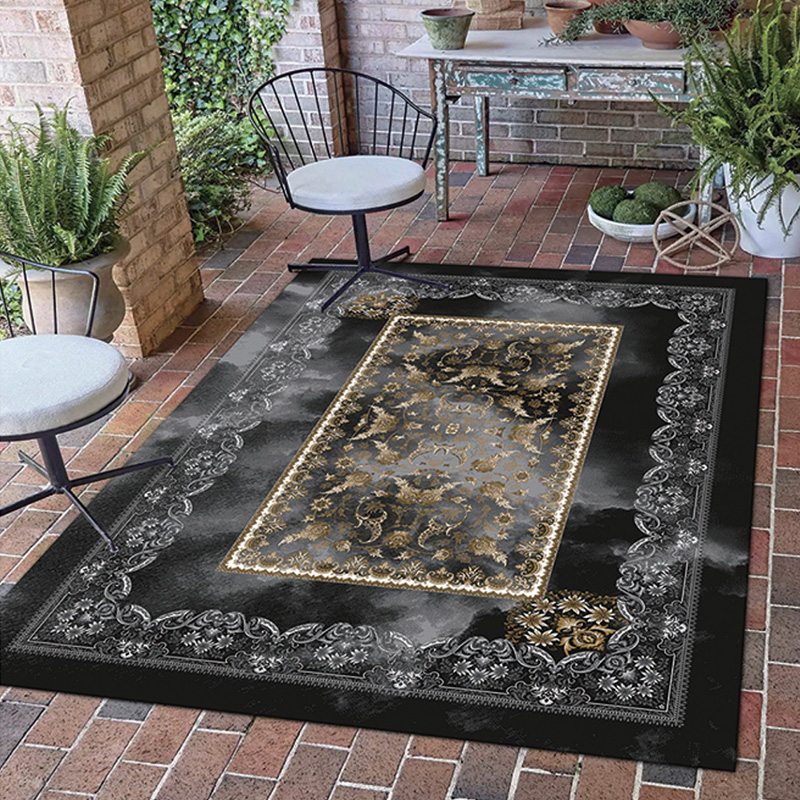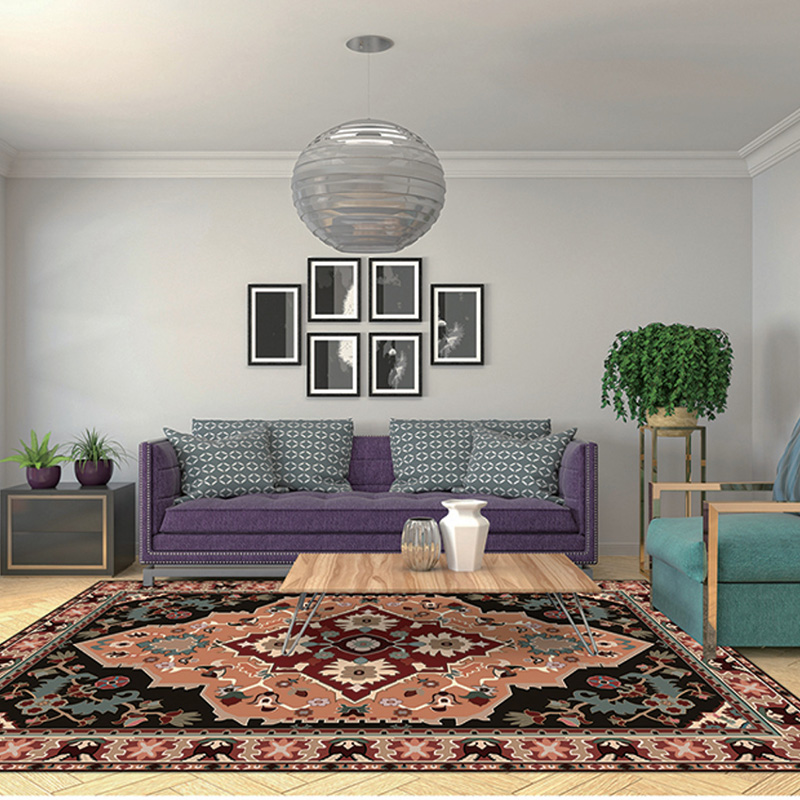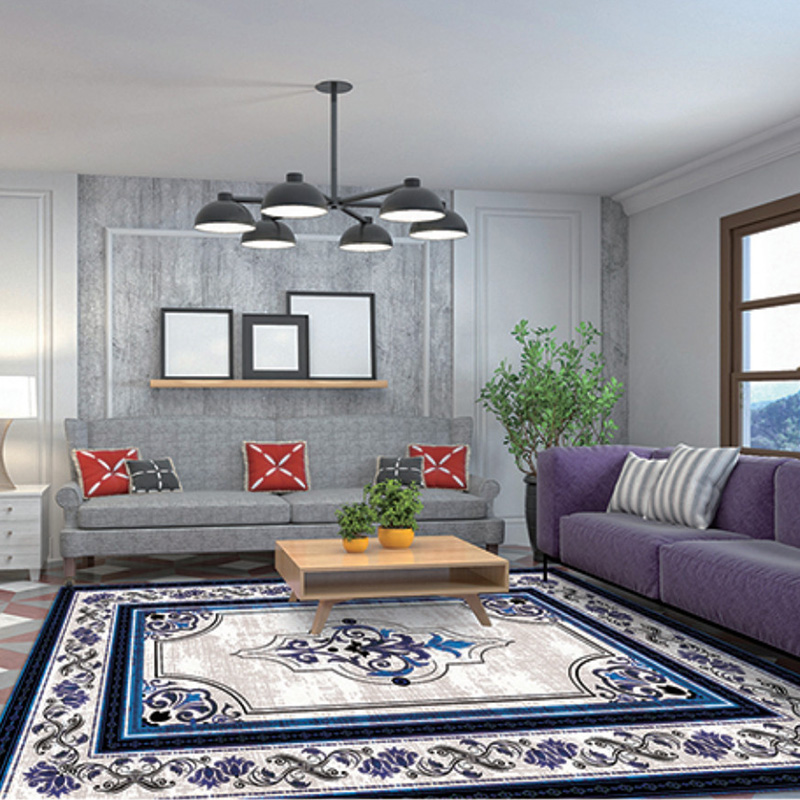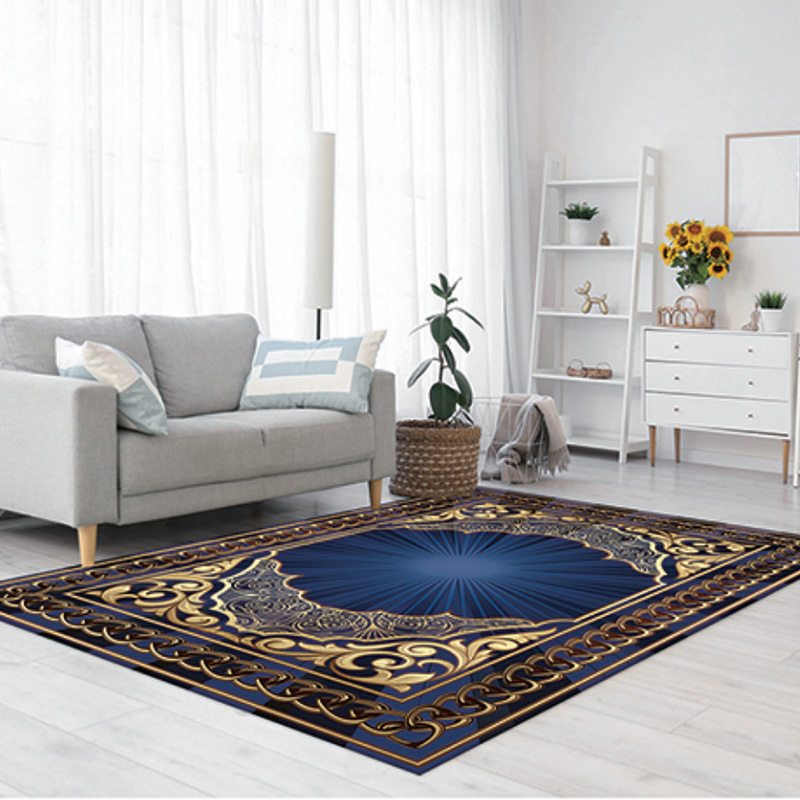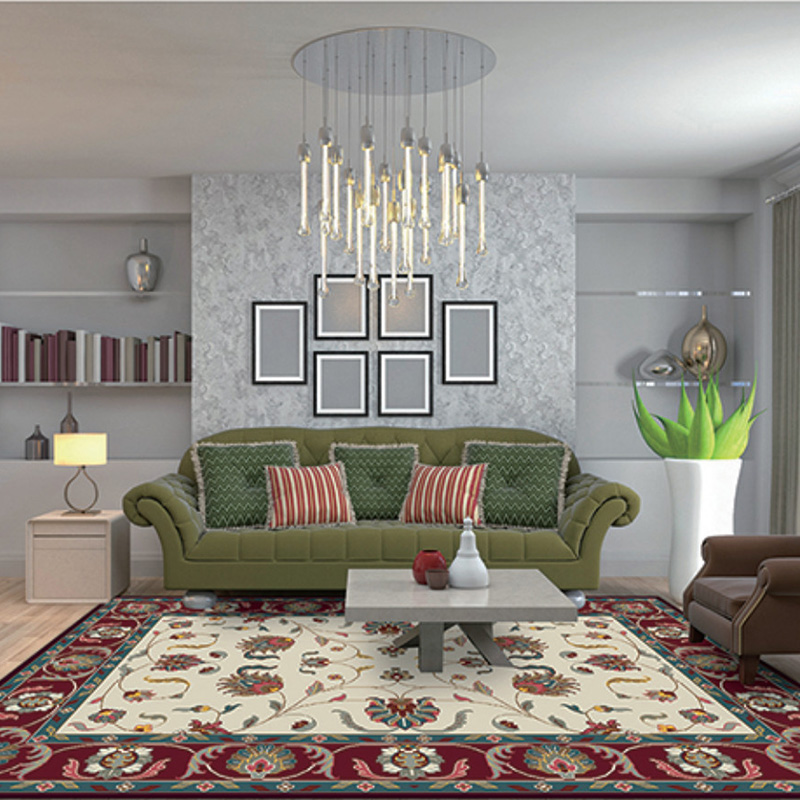In the evolving world of home goods, one product quietly gaining impressive traction across global markets is the memory foam bathroom non-slip mat. Once considered a luxury accessory, this bathroom essential is now becoming a staple in households seeking a combination of comfort, hygiene, and safety. As consumer awareness about wellness, interior design, and accident prevention grows, memory foam bathroom non-slip mats are emerging as one of the fastest-growing segments in the bath accessory market.
Rising Demand for Comfort and Functionality
The surge in popularity of memory foam bathroom non-slip mats is a direct result of changing consumer priorities. In today’s fast-paced world, bathrooms are no longer just utilitarian spaces. They’ve evolved into wellness zones—mini retreats where people start and end their day. Consumers now seek bath accessories that provide comfort without sacrificing safety or style.
Memory foam mats deliver on all three fronts. Known for their soft, cushiony texture, these mats provide instant relief for tired feet. The foam contours to the body’s pressure points, offering a spa-like experience every time someone steps out of the shower or bathtub. More importantly, their non-slip backing adds a crucial safety element, reducing the risk of slips and falls on wet tiles.
Safety Standards Drive Innovation
Bathroom-related injuries are among the common household accidents, especially among children and seniors. This growing concern has pushed manufacturers to invest in developing non-slip technology and high-traction materials that meet stringent safety standards. Modern memory foam bathroom mats often feature PVC or TPR (thermoplastic rubber) backings, which grip the floor firmly and stay in place even in humid environments.
These innovations are not just about meeting regulations—they're a response to market demand. Consumers now expect products that combine ergonomic design with real-world usability. As a result, the generation of memory foam mats goes beyond basic features to include water-wicking covers, quick-dry materials, and antimicrobial coatings that prevent mold and mildew.
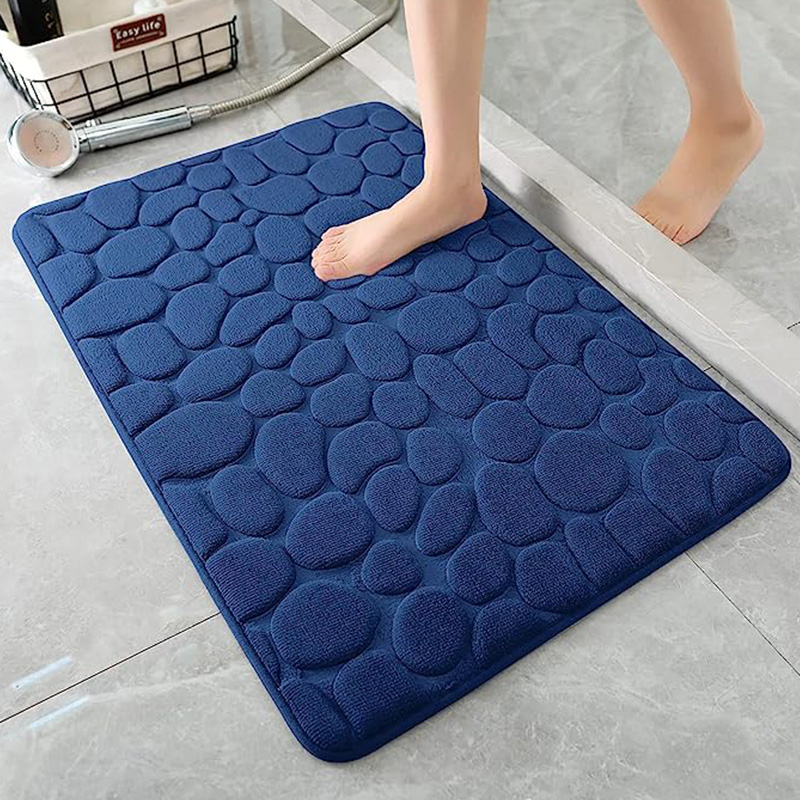
Style Meets Substance
The integration of style with functionality is a major factor fueling the growth of this category. Today’s memory foam bathroom non-slip mats come in a wide range of colors, patterns, and textures, allowing homeowners to complement diverse interior themes—from minimalist and Scandinavian to rustic and luxurious spa aesthetics.
Interior designers are increasingly incorporating these mats into bathroom design plans, recommending them as both functional and decorative accents. Whether placed in front of the sink, beside the tub, or at the shower exit, these mats offer a pop of design that enhances the overall ambiance while maintaining comfort underfoot.
Sustainability and Materials Innovation
As with many home goods, sustainability is influencing purchasing decisions in the bathroom accessories market. In response, manufacturers are introducing eco-friendly memory foam alternatives, such as plant-based polyurethane and recycled materials. Cover fabrics are also evolving, with many brands now using organic cotton, bamboo fibers, or recycled polyester to produce soft-touch, quick-drying surfaces.
In addition, companies are designing products that are durable enough to withstand frequent machine washes without degrading foam performance or slip resistance. This reduces waste and ensures long-term usability, a feature that appeals to environmentally conscious consumers.
Global Market Expansion
The global market for memory foam bathroom non-slip mats is expanding rapidly. North America and Europe remain strongholds, but the Asia-Pacific region is seeing significant growth, driven by rising disposable incomes, urbanization, and a growing middle-class population with a taste for comfort and style. E-commerce is playing a major role in this expansion, enabling consumers to access a wide variety of products, compare features, and read reviews before purchasing.
Retailers and brands are capitalizing on this momentum by offering product bundles, limited-edition collections, and personalized options. Subscription-based bathroom accessory services are even beginning to include memory foam mats in their offerings, ensuring consumers refresh their spaces with updated colors and designs each season.
Healthcare and Hospitality Adoption
The appeal of memory foam bathroom non-slip mats isn’t limited to residential spaces. Hospitals, nursing homes, and wellness centers are increasingly adopting these mats to reduce patient falls and improve comfort during recovery. Likewise, hotels and resorts are adding them to their guest room amenities to provide an enhanced experience and promote safety—particularly in luxury accommodations.

 英语
英语 阿拉伯语
阿拉伯语 德语
德语
